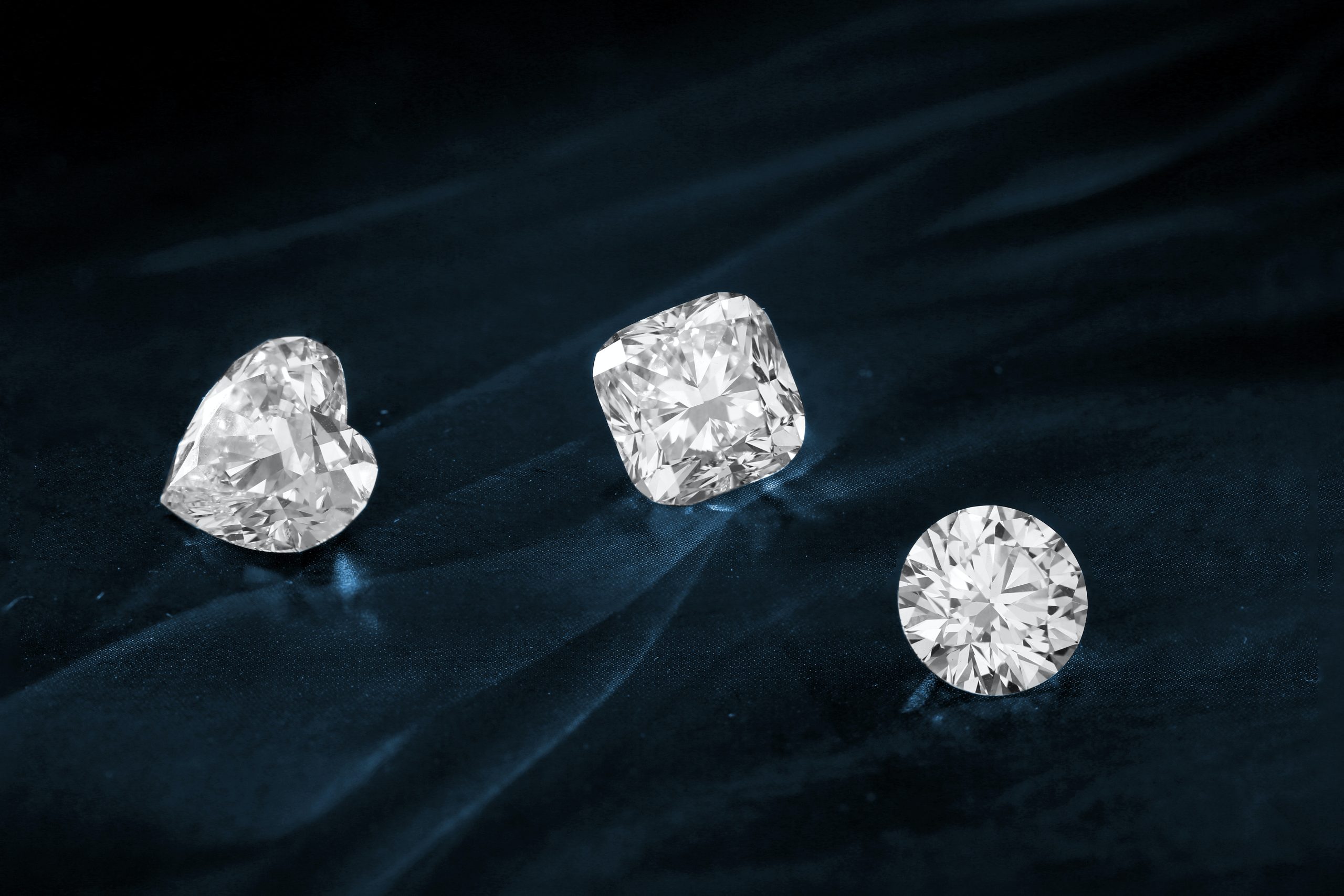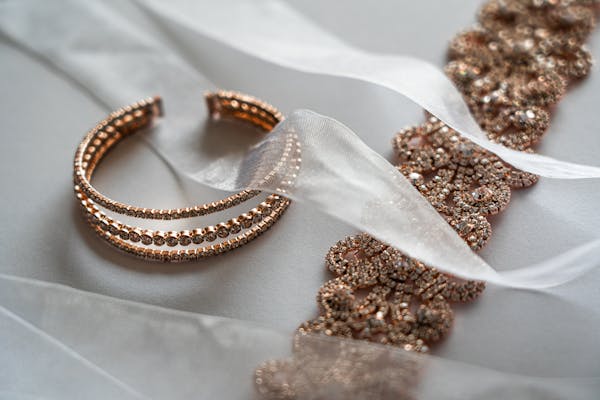Diamonds are forever, but what about the settings that hold them? When it comes to lab-grown diamond rings, the choice of claws can make all the difference. In this article, we’ll delve into the world of claws for lab-grown diamond rings, exploring their significance, types, benefits, and maintenance tips.
Introduction
Picture this: a sparkling lab-grown diamond nestled securely in a ring, held in place by delicate claws. Claws, also known as prongs, are the unsung heroes of diamond settings. They not only secure the precious gem but also enhance its brilliance by allowing maximum light exposure.
Understanding Lab-Grown Diamonds
Before diving into claws, let’s understand what lab-grown diamonds are. Unlike their naturally occurring counterparts, lab-grown diamonds are created in controlled environments using advanced technology. They possess the same chemical composition, physical properties, and brilliance as natural diamonds but are more sustainable and ethical.
Benefits of Lab-Grown Diamonds
Lab-grown diamonds offer several advantages over mined diamonds. They are environmentally friendly, conflict-free, and often more affordable. Plus, they come in a wide range of shapes, sizes, and colors, offering endless customization possibilities.
The Appeal of Claws in Diamond Rings
Now, why are claws for lab grown diamond rings, especially those featuring lab-grown diamonds? The answer lies in their functionality and aesthetics. Claws not only hold the diamond securely in place but also allow more light to enter the stone, maximizing its sparkle and brilliance.
Claws vs. Settings: Understanding the Difference
Claws are just one type of setting used to hold diamonds in place. Other settings include bezel, pavé, and channel settings. However, claws stand out for their minimalistic yet elegant look, making them a popular choice for modern engagement and wedding rings.
Types of Claw Settings
Claws come in various shapes and sizes, each offering a unique aesthetic appeal. Some of the most popular claw designs include:
Round Claws
Round claws are classic and timeless, offering a secure hold without overpowering the diamond. They are versatile and complement various diamond shapes and ring styles.
Princess Claws
Princess claws feature sharp corners that add a touch of sophistication to the ring. They are perfect for square or rectangular-shaped diamonds, enhancing their geometric beauty.
Heart Claws
Heart claws are whimsical and romantic, ideal for expressing love and devotion. They cradle the diamond delicately, symbolizing the bond between two hearts.
Advantages of Claw Settings
Claw settings offer several advantages over other types of settings. Firstly, they allow maximum light exposure to the diamond, enhancing its brilliance and fire. Secondly, they provide excellent security, holding the diamond firmly in place while allowing easy access for cleaning and maintenance.
Things to Consider When Choosing Claws
When selecting claws for your lab-grown diamond ring, there are a few factors to keep in mind:
Diamond Shape
Different diamond shapes require different types of claws to secure them effectively. For example, round diamonds typically pair well with round claws, while princess-cut diamonds may benefit from V-shaped claws.
Metal Type
The choice of metal for the claws can affect the overall look and durability of the ring. Common options include platinum, white gold, yellow gold, lab created diamonds, and rose gold. Consider your personal style and lifestyle when choosing the metal type.
Durability and Maintenance
Despite their delicate appearance, claw settings are surprisingly durable. However, regular maintenance is essential to ensure their longevity. Periodically check the claws for signs of wear and tear, and have them inspected and tightened by a professional jeweler if necessary.
How to Care for Claws
To keep your claw-set lab-grown diamond ring looking its best, follow these simple care tips:
- Regular Cleaning: Gently clean your ring with a soft brush and mild detergent to remove dirt and debris.
- Avoid Harsh Chemicals: Avoid exposing your ring to harsh chemicals or abrasive cleaners that can damage the metal or weaken the claws.
- Professional Inspection: Have your ring inspected by a jeweler at least once a year to ensure the claws are secure and the diamond is in good condition.
Conclusion
In conclusion, claws play a crucial role in enhancing the beauty and durability of lab-grown diamond rings. Their elegant design and practical functionality make them a popular choice among couples seeking timeless and sustainable jewelry options. By understanding the different types of claws, considering factors such as diamond shape and metal type, and following proper maintenance techniques, you can ensure your lab-grown diamond ring shines bright for years to come.



